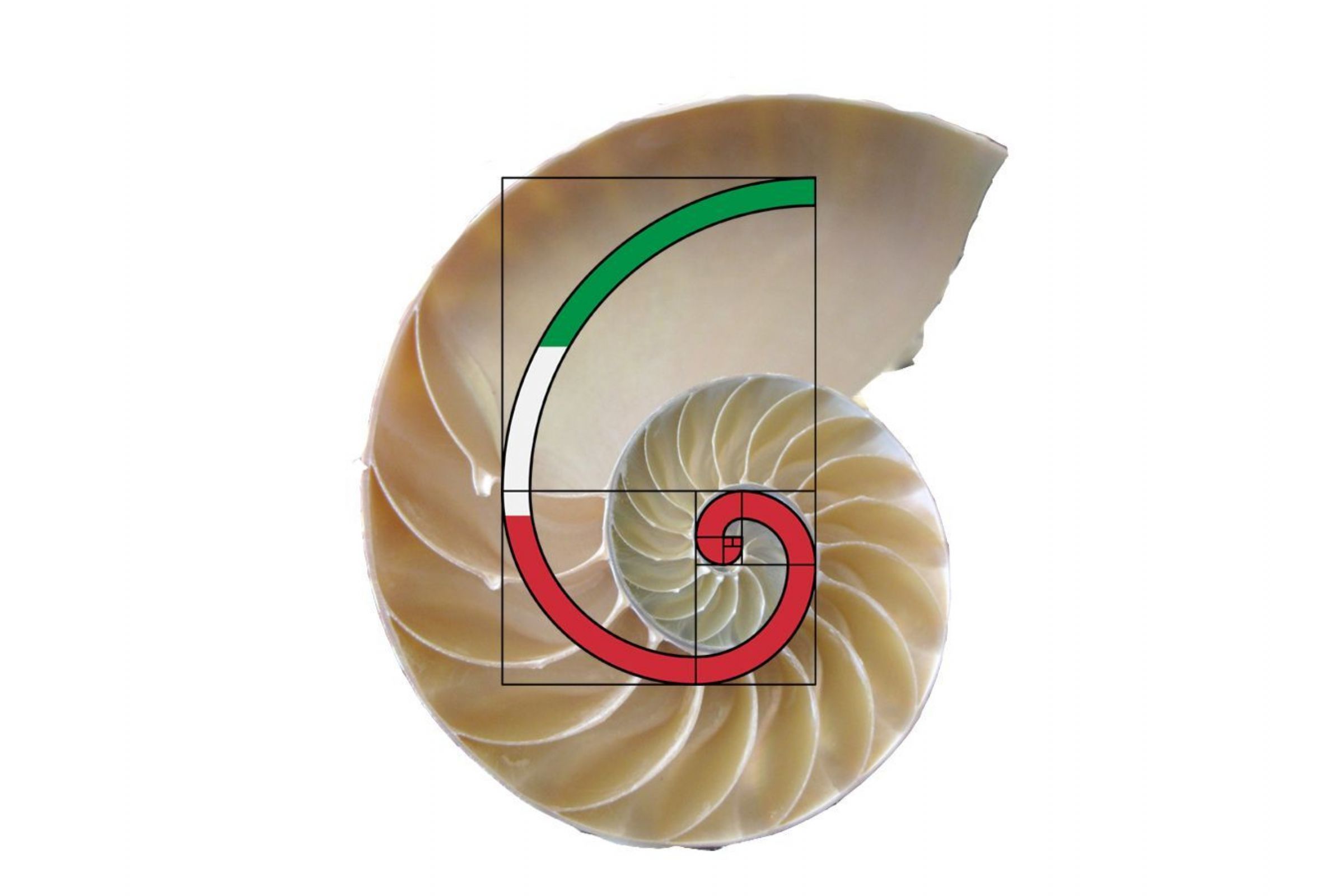Water is not just H2O molecules. It contains a number of molecular species including ortho and para water molecules, water molecules with different isotopic compositions such as HDO and H218O, such water molecules as part of weakly-bound but partially-covalently linked molecular clusters containing one, two, three or four hydrogen bonds, and hydrogen ion and hydroxide ion species. Apart from such molecules there are always adventitious and self-created solutes in liquid water. Distilled and deionized water contain significant and varying quantities of contaminating ions. Often the criteria for ‘purity’ is the conductivity, but this will not show ionic contaminants at nanomolar, or even somewhat higher, concentrations due to the relatively high conductivity of the H and OH- ions naturally present.
Other materials present will include previously dissolved solutes, dissolved gases dependent on the laboratory atmosphere, gaseous nanobubbles , material dissolved or detached from the containing vessels, solid particles and aerosols (also dependent on the laboratory history) entering from the gas phase, and redox materials produced from water molecules and other solutes produced on standing and homeopathic processing . Liquid water is clearly a very complex system even before the further complexity of molecular clusters, gas-liquid and solid-liquid surfaces, reactions between these materials, the consequences of physical and electromagnetic processing and the addition of ethanol are considered.
Any or a combination of these factors may cause 'memory' of past solutes and processing in water. Some of these solutions are capable of causing non-specific clinical effects whereas others may cause effects specifically linked to the solution's (and laboratory) history, as outlined below. Both temperature and magnetic fields affect the infrared spectrum of water (showing their effect on water clustering) and these effects remain for considerable time (~1 hour) after the magnetic field is removed or temperature changed. It has been shown that (still) mineral water can be magnetized and retain this magnetization for more than a day, supposedly due to the production of magnetic nanobubbles.
There are numerous examples of the slow equilibration in aqueous solution. Thus, it can take several days for the effects of the addition of salts to water to finally stop oscillating and such solutions are still changing after several months showing a large-scale (~100 nm) domain structure. Also, water restructuring after infrared radiation persists for more than a day, and water photoluminescence changes over a period of days. Changes to the structure of water are reported to last for weeks following exposure to resonant RLC (resistance inductance capacitance) circuits. Conductivity oscillations (~ 0.5 Hz) at low concentrations of salts also show the poor tendency to equilibrium in such solutions. Succussion, by itself, has been shown to be 'remembered' for at least 10 minutes as solitons (that is, standing waves). Extremely low frequency electromagnetic fields (ELF-EMF) have significant and effects on liquid water that last for minutes after the field is removed]. Electromagnetic-treated water has been proven to have diverse biological effects on both animal and plant cells].
It has been found that clathrate hydrate nucleation is faster in solutions that once formed the clathrates but where it had been subsequently dissociated for periods up to several hours. Thus the solution shows a 'memory effect' of its previous history, although it is likely that this is due to retained super-saturated gas concentrations. Other interesting examples of the memory of water are the Mpemba effect and the observation that hot water pipes are more likely to burst than adjacent cold water pipes. In both effects, water seems to remember whether it has been recently hot or cold even when subsequently cooled. The Mpemba effect is a well proven phenomenon that also seems to be caused by unexpected solute and time effects and is described and explained elsewhere.
Explanation of homeopathy on the basis of water crystals is unconvincing as such crystals appear to be artifacts and, even as proposed, the effect of body fluid ions would be to immediately 'dissolve' them.
There is a strange occurrence, similar to the ‘memory of water’ but unconnected to it, in enzyme chemistry where an effectively non-existent material still has a major effect; enzymes prepared in buffers of known pH retain (remember) those specific pH-dependent kinetic properties even when the water is removed such that no hydrogen ions are present; these ions seemingly having an effect in their absence somewhat against common sense at the simplistic level


